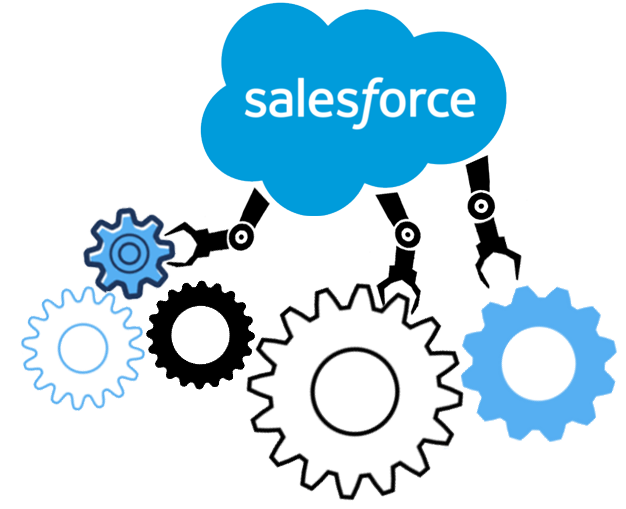Salesforce is a powerful CRM tool, but it’s not without its challenges. One of the biggest challenges is migrating to Salesforce from another CRM system.
In this article, we’ll discuss the 15 do’s and don’ts of Salesforce migration to help you avoid some of the most common mistakes.
Do:
1. Do your research:
Before you start your migration, it’s important to do your research and understand the different options available to you. There are a number of Salesforce consulting firms that can help you with your migration, so be sure to find one that’s a good fit for your needs.
2. Do plan ahead:
A successful Salesforce migration requires careful planning. You’ll need to consider things like data mapping, data cleansing, and user training. Make sure you have a clear understanding of your business requirements before you begin the migration process.
3. Do use data templates:
Data templates can be extremely helpful when migrating data to Salesforce. They provide a standard format for your data, which makes it easier to map and migrate.
4. Do test, test, test:
Before you go live with your Salesforce migration, it’s important to thoroughly test the system. This will help ensure that everything is working as expected and help you identify any potential issues.
5. Do train your users:
Many organizations make the mistake of assuming that their users will know how to use Salesforce. However, this is often not the case. Be sure to provide adequate training to your users so they can be successful with the new system.
Don’t:
1. Don’t try to migrate everything at once:
One of the biggest mistakes you can make when migrating to Salesforce is trying to migrate everything at once. This can be overwhelming and lead to mistakes. Instead, focus on migrating the most important data first and then gradually add more over time.
2. Don’t forget to cleanse your data:
Another common mistake is forgetting to cleanse your data before migrating it to Salesforce. This can lead to errors and duplicate data in your system. Be sure to cleanse your data before you begin the migration process.
3. Don’t underestimate the importance of testing:
Testing is essential to a successful Salesforce migration. Many organizations make the mistake of skipping this step, but it’s crucial to ensure that everything is working as expected.
4. Don’t forget about user training:
User training is often an afterthought, but it’s essential to a successful Salesforce implementation. Be sure to provide adequate training to your users so they can be successful with the new system.
5. Don’t try to do it all yourself:
Migrating to Salesforce can be a complex process, and it’s often best to leave it to the experts. There are a number of Salesforce consulting firms that can help you with your migration, so be sure to find one that’s a good fit for your needs.
By following these do’s and don’ts, you can avoid some of the most common mistakes made when migrating to Salesforce. By taking the time to properly plan and execute your migration, you can ensure a successful transition to the new system.
FAQs:
What are some of the most common mistakes made during a Salesforce migration?
Some of the most common mistakes include trying to migrate everything at once, forgetting to cleanse data, underestimating the importance of testing, and failing to provide adequate user training.
Conclusion:
Migrating to Salesforce can be a complex process, but by following these do’s and don’ts, you can avoid some of the most common mistakes. Make sure to do your research, plan ahead, use data templates, test thoroughly, and train your users. If you need help, consider working with a Salesforce consulting firm. They can provide expert guidance and assistance with all aspects of the migration process.
Salesforce is a powerful CRM system that can help organizations streamline their operations and improve their bottom line. However, migrating to Salesforce can be a complex process. By following these do’s and don’ts, you can avoid some of the most common mistakes made when migrating to Salesforce. Do your research, plan ahead, use data templates, test thoroughly, and train your users. If you need help, consider working with a Salesforce consulting firm. They can provide expert guidance and assistance with all aspects of the migration process.
